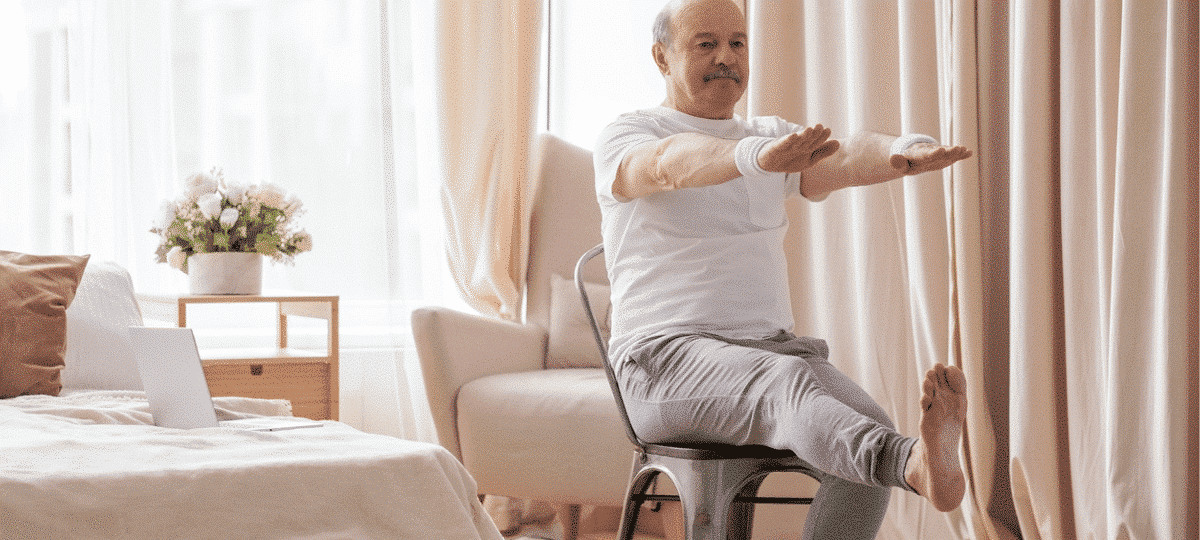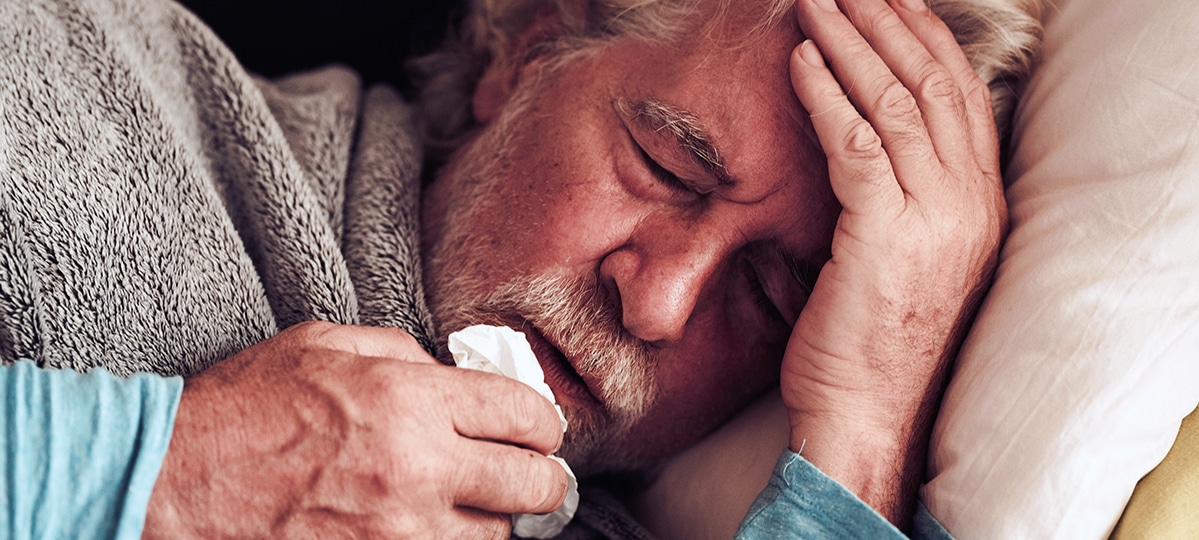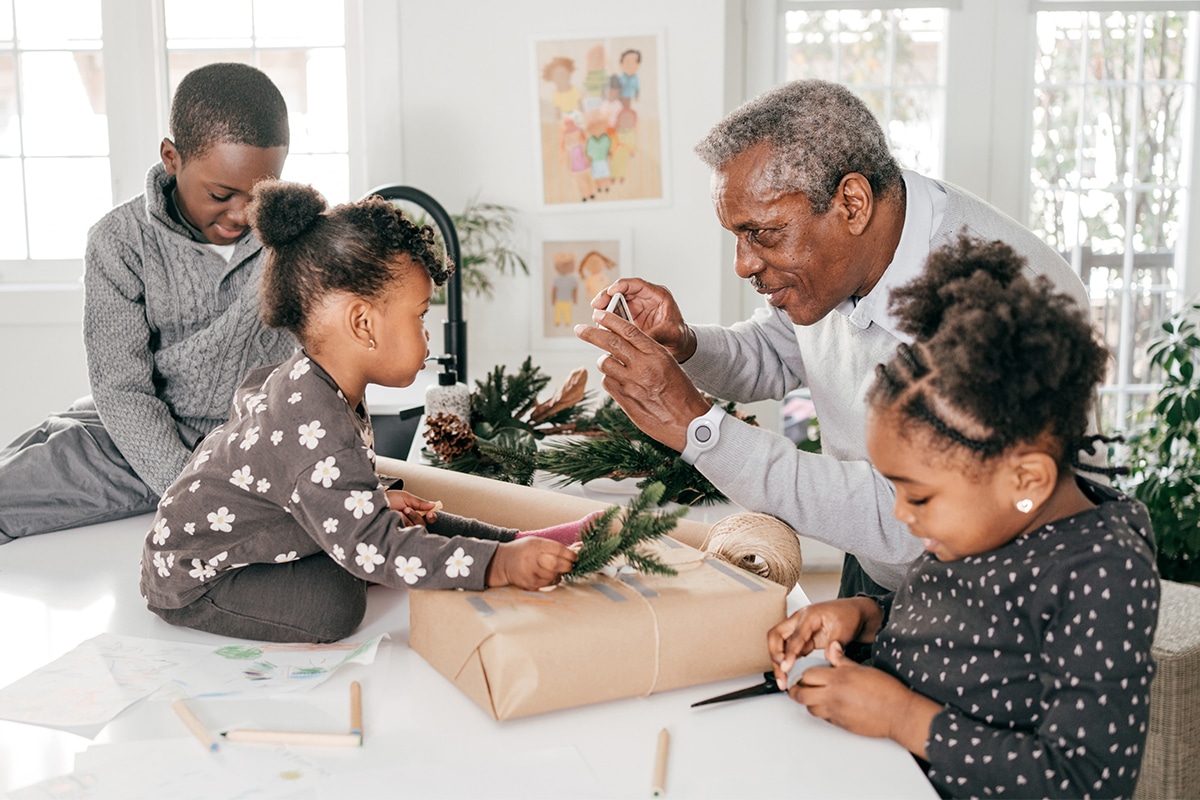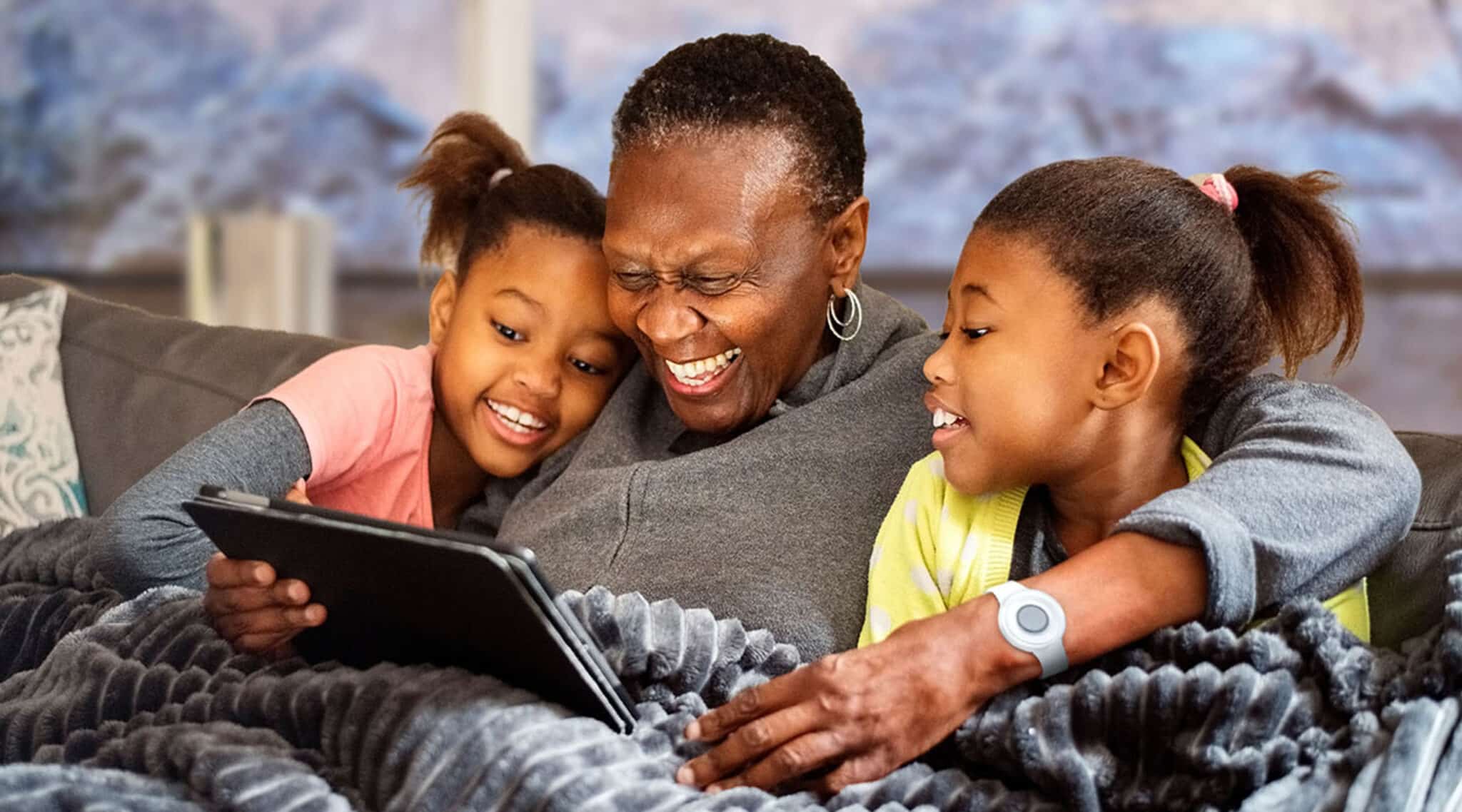Falling is one of the biggest causes of serious injury for seniors. Even a slight fall can have massive repercussions. Bones are fragile and muscles are not as strong as they once were.
All too often, once a senior falls, it can lead to them never being able to return to their regular way of life. Helping them prevent falls and building strength can help improve and extend their lives.
Exercises to Help Prevent Falls
Most falls can be prevented, or at least, there is a possibility to lessen the impact. Most falls happen due to weakened muscles and imbalance. There are areas that we can help to improve.
Sit to Stand
Sitting on a secure chair, slowly raise yourself up to a standing position. Do it slowly and be sure to hold on to the arms of the chair, a walker or cane, or someone else.
Do ten repetitions and try to do it several times a day. If you are someone who sits a lot, try to do it every hour. It builds muscles in your legs, hips and core. It can also help restore your balance.
Practice this so you can stand up without needing support if that is feasible for your situation. You can do it while you watch television, while chatting with friends, or family, or even in the waiting room for your appointments.
Walking/Marching in Place
Stand behind a sturdy chair or against a counter. Place one hand on the chair or counter and then lift your legs alternatively as high as you can comfortably. Start out slowly and increase the speed and height as you progress.
Once you are more steady, try it without holding on, if you are comfortable with it, and then place your hands out at waist level and try to bring your knees up to tap your hands.
This helps strengthen your hips, your back muscles, and your balance. It is also good for the muscles in your feet and ankles. Once you get going, it will also increase your heart rate.
Leg Raises
Leg raises are another great way to strengthen your legs and back. Using a chair or a counter, balance yourself with one hand and then raise your leg on the opposite side.
Do at least ten reps, or as many as you can comfortably, and do them on both sides. You should try lifting your leg straight up, to the back to work the buttocks and back of the leg muscles, and off to the side.
The three directions will build up muscles and help with your balance. It’s also good for your hips, your core muscles, and will increase your heart rate. Keep your head up and your back straight.
Feet Exercises
There are several exercises we can do to help our feet. We don’t often think about the muscles in our feet and ankles, but they play a major part in keeping us mobile.
Standing up, or even from a chair, if you need to, place your feet slightly apart and lift up your heel to balance on your toes. This helps stretch out the arch of your foot, build strength in your toes and ankles, and help with your balance.
Sitting down, gently rock your feet back and forth from the heel raising your toes, and then toes down raising your heels. This keeps things loosened up, can help with pain relief, and will make the muscles more supple.
Yoga
Incorporating yoga into your routine is a great fall prevention tactic. A few light stretches to help keep your legs, back, and arms relaxed and moving can help strengthen and build your muscles. Legs, in particular, with stretches to elongate your calves and hamstring will make a big difference in your overall mobility.
Building Strength and Confidence
Adding these exercises to your daily routine can significantly enhance strength, stability, and coordination, which helps reduce the likelihood of falls. Whether done individually, with others, or in a group, these activities are adaptable and easy to fit into your lifestyle.
For additional security, a medical alert system can provide fast access to help in case of a fall, offering reassurance that assistance is just a button away. And with automatic fall detection, help can be called even if the button cannot be pressed.
By staying active and committed to fall prevention, seniors can retain their independence and continue enjoying a vibrant and fulfilling life. Small, consistent efforts today can lead to a safer tomorrow.




